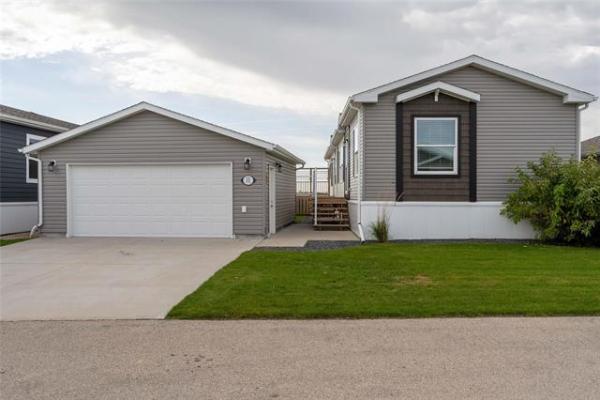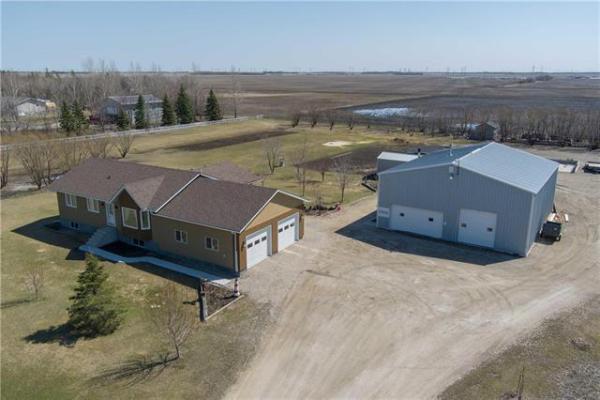QUESTION: I am hoping you can give me some advice. We recently purchased a century home in New Brunswick and there is some form of spray foam on the basement interior walls for the purpose of insulation. We are unable to ask the homeowners about it -- unfortunately they are deceased. There is no sign of water damage and no water in the basement. It is a stone foundation on the ends of the house but the side foundation walls are concrete. My question is, should we be concerned that this will jeopardize the foundation? Everything I am reading is saying to never insulate a stone foundation from the inside.
Leslie Sullivan, e-mail
D. Schon, e-mail
ANSWER: Both of these questions address the difficult question about insulating older stone foundations with spray-on foam insulation, even though the locations and climate differ. They will be answered together, due to their similar nature.
Older stone foundations, typically constructed of limestone in our area, will all have some deterioration due to their age and composition. These foundations are created by securing the large stones together with mortar. Over time, moisture from the ground will erode the mortar and cause this deterioration. In most cases, some seepage will be seen during heavy rains and in the spring thaw. In the worst cases, the worn mortar will allow the stones to move, causing structural issues.
The thing both of you should realize is that the basements in your homes were designed to be cellars, not living space. These areas may have low ceilings, poor access, and were primarily used for storage and to provide an area for the mechanical systems in your homes. The foundations were not designed to be insulated, partially to allow easy access to the mortar joints should they wear out and leak. In the case of the New Brunswick home, I will assume that rainfall and ground moisture levels may be quite high all year round and moisture intrusion through the foundation may be a big concern. Since you have not seen any signs of leakage, the previous homeowners may have done extensive repairs to the foundation before covering it with foam insulation on the interior.
Pay particular attention to eavestrough and downspout drainage and grading around the home. If this is well-maintained and the mortar in the foundation is not deteriorated above grade, you may be fine. If these areas have been neglected and gaps are seen between the stones in the foundation, particularly near grade, then exterior excavation and repairs may be required.
For the Winnipeg home, removal of the older insulation from the interior will give you an indication of the proper course of action. If the mortar is primarily intact between the stones or they are completely covered with solid parging, then little action may be needed prior to re-insulating. If the mortar is crumbling and a large amount of sand is seen on the floor slab at the base of the foundation then extensive repairs are a must.
This may require simply scraping out and removing all of the old, loose mortar before re-pointing and parging the interior. If the damage is major and stones appear to have shifted, then exterior repairs by a reputable foundation contractor will be warranted.
It is true that using blown-in polyurethane foam insulation on the interior of a wet, deteriorated stone foundation is not the proper method to prevent further leakage and damage. But if the foundation and mortar is in good condition and not leaking, that type of insulation may provide a superior job to the traditional fibreglass batt and wood framing method.
While both polyurethane and fibreglass are resistant to moisture damage, fibreglass batts can easily absorb and hold significant amounts of water, while poly foam will not. For this reason, foam insulation is a better choice for the interior of a stone foundation.
For both of your similar concerns I would not worry about properly installed foam insulation on the foundation walls, as long as the condition of those walls was good. This should not be mistaken for an endorsement of using polyurethane foam to repair a wet foundation, just to properly insulate and air seal a dry one.
Ari Marantz is the owner of Trained Eye Home Inspection Ltd. and the President of the Canadian Association of Home & Property Inspectors - Manitoba (www.cahpi.mb.ca). Questions can be e-mailed or sent to: Ask The Inspector, P. O. Box 69021, #110-2025 Corydon Ave., Winnipeg, MB. R3P 2G9. Ari can be reached at (204) 291-5358 or check out his website at www.trainedeye.ca.



